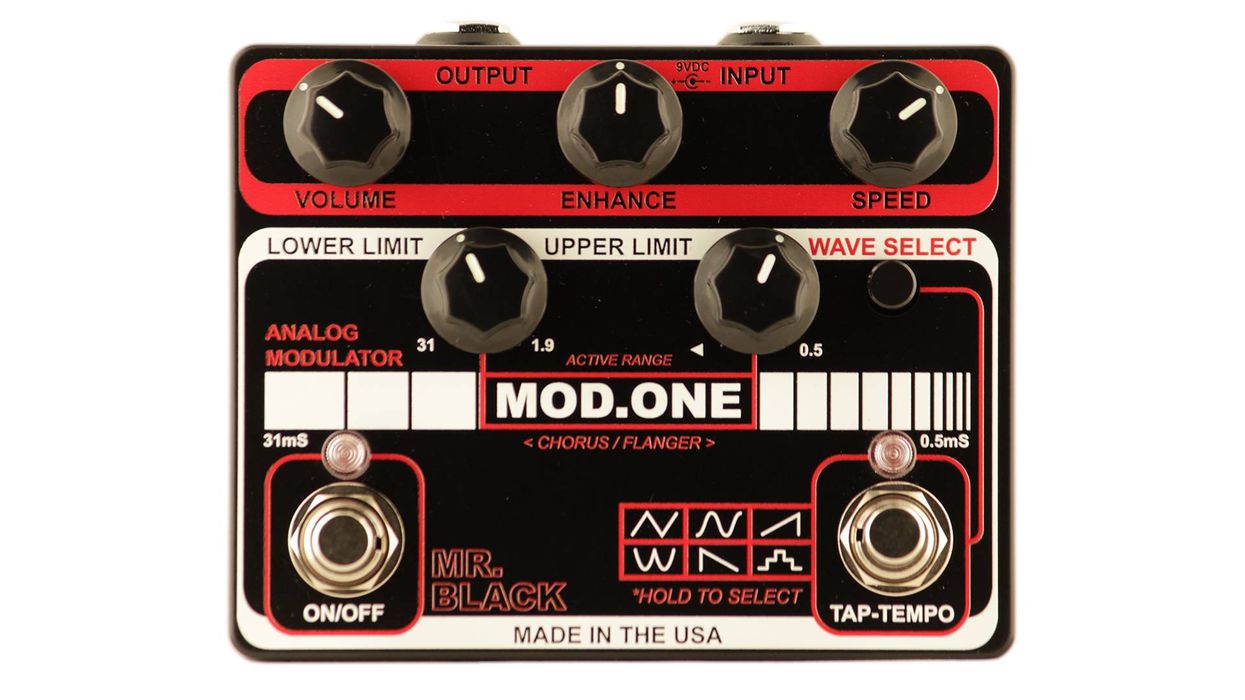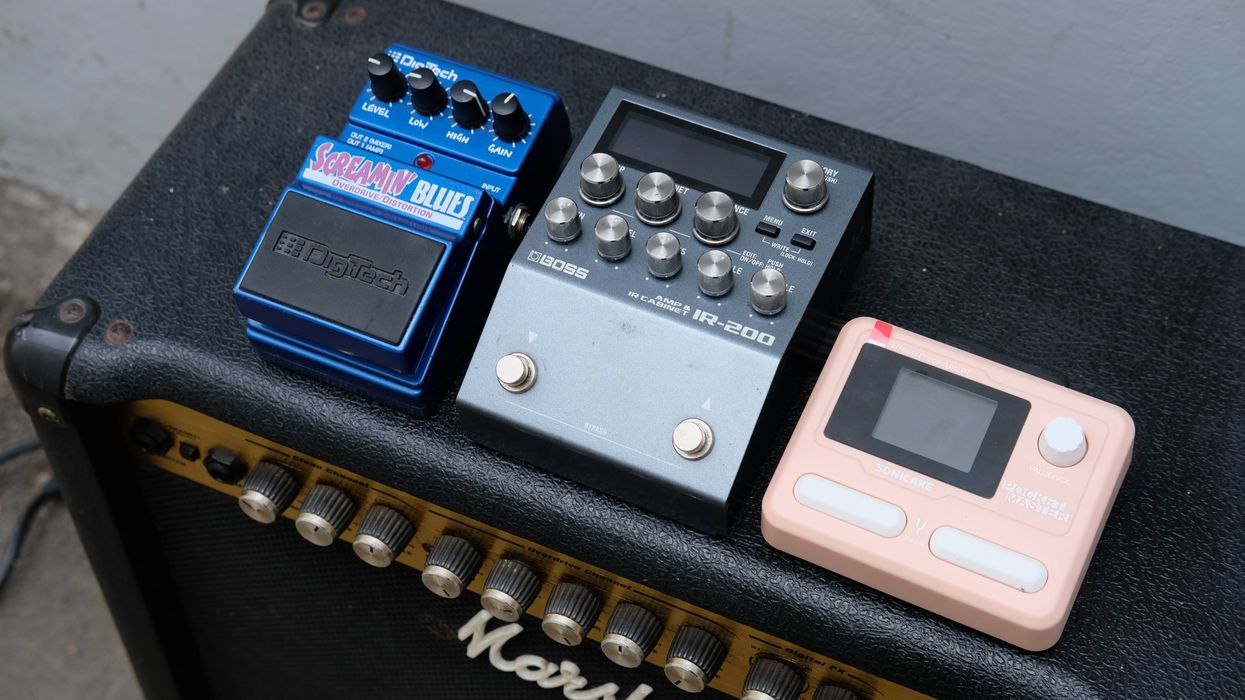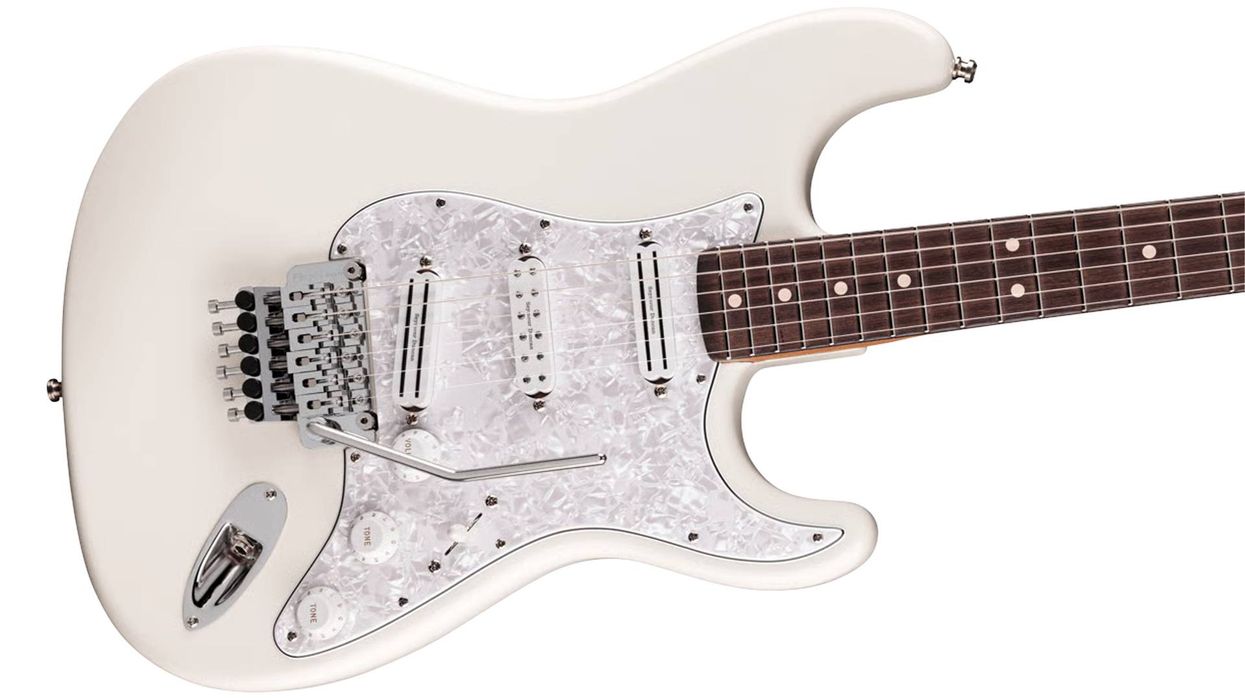EVH Rack
Eddie's two main racks feature (top) a Furman power conditioner/light source, two Shure UR4D+ wireless receivers, a Coleman Audio GT6 (for fast switching between wireless packs on different guitars), and a Shure UA845 wireless antenna unit. The rack below that houses another Furman power conditioner, Ed's pair of trusty Roland SDE-3000 delays, a set of Lexicon PCM 70s (one is a backup), and a backup SDE-3000 and SDE-3000A, and one of several vintage H&H V800 MOSFET power amps used on the Van Halen stage.
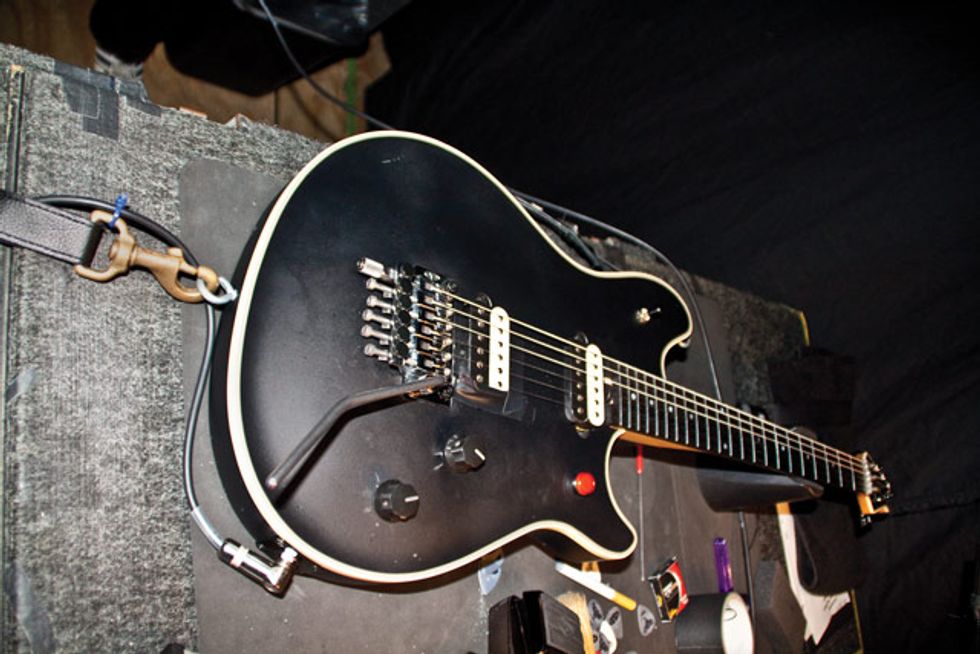
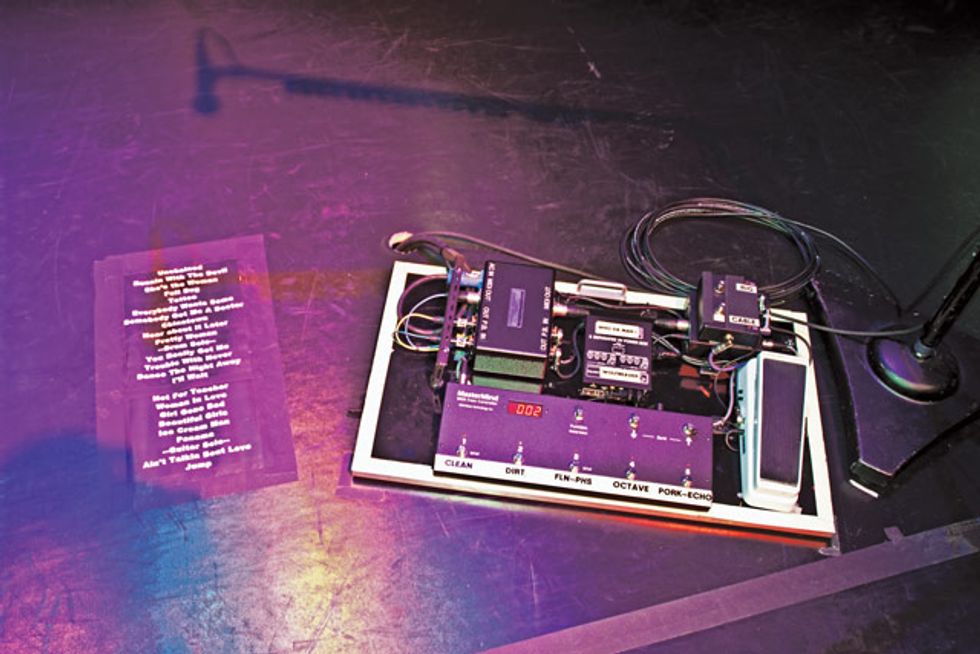
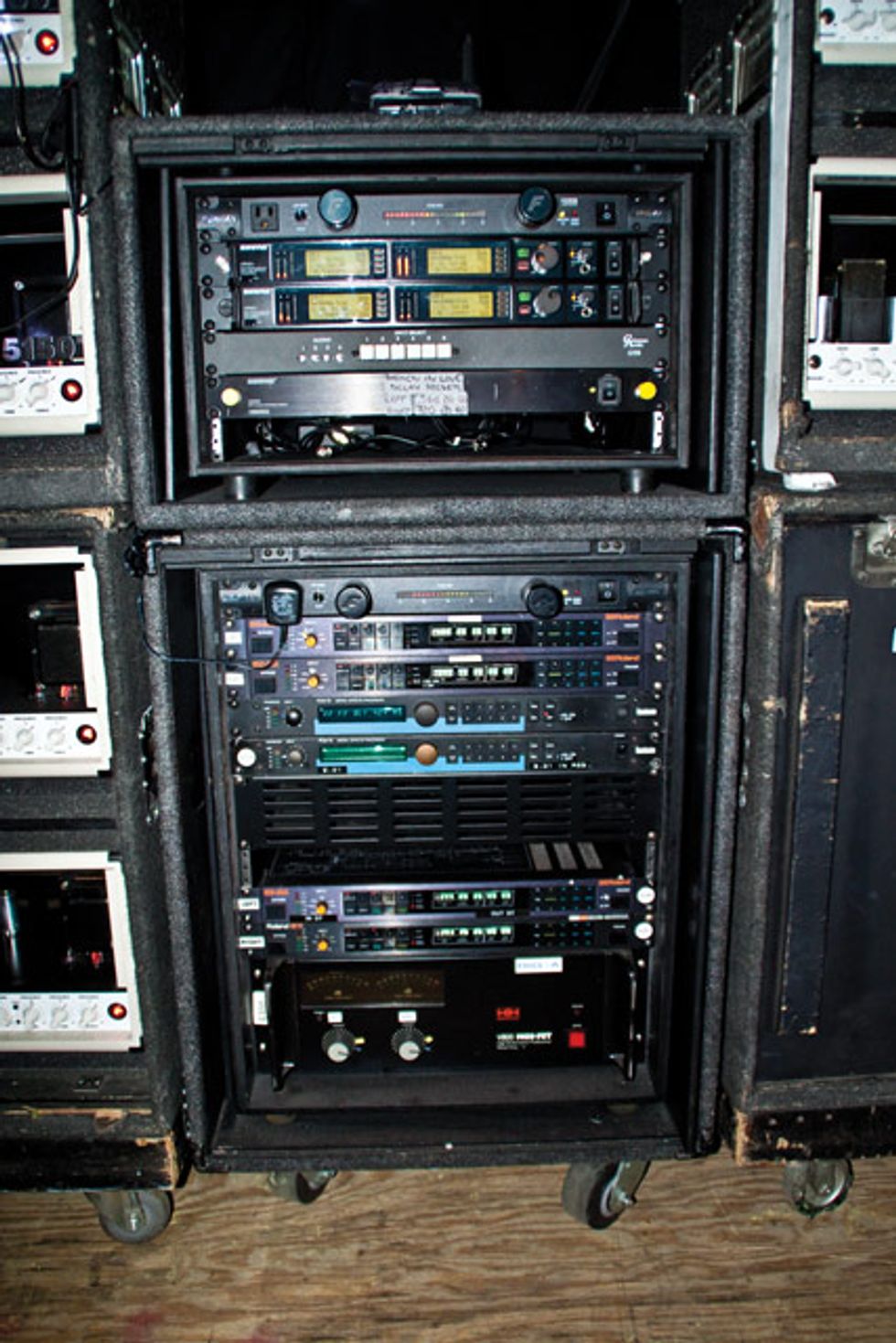
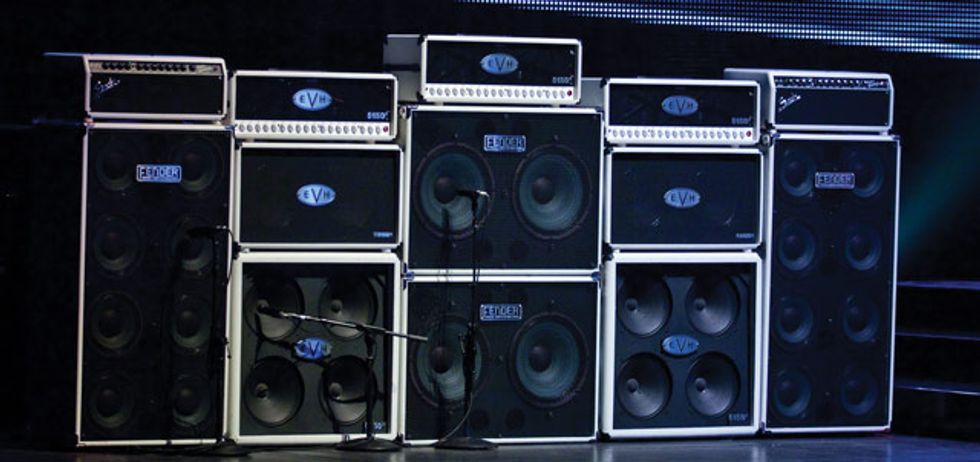
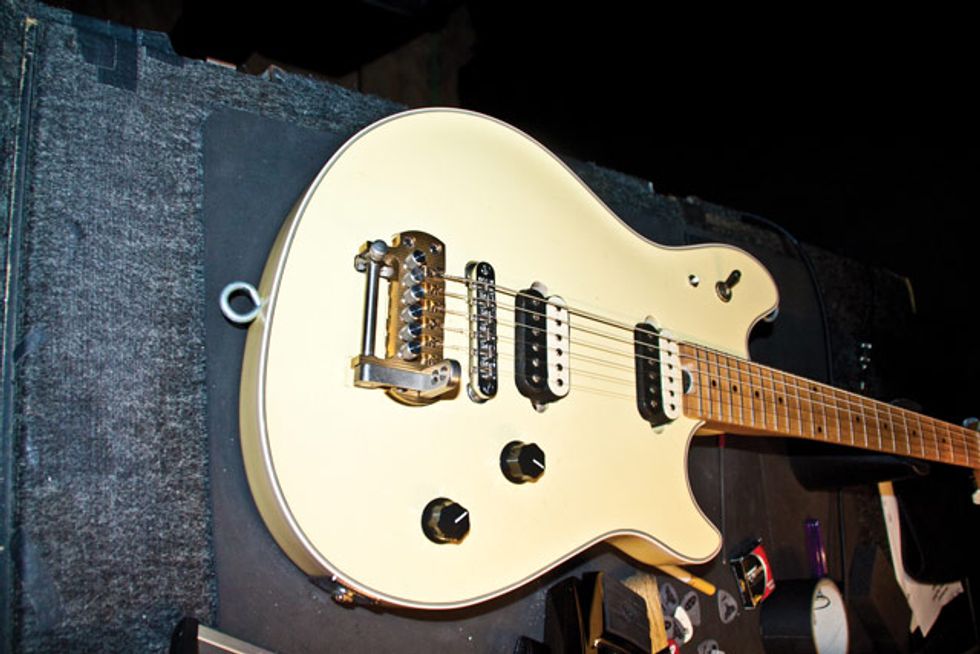
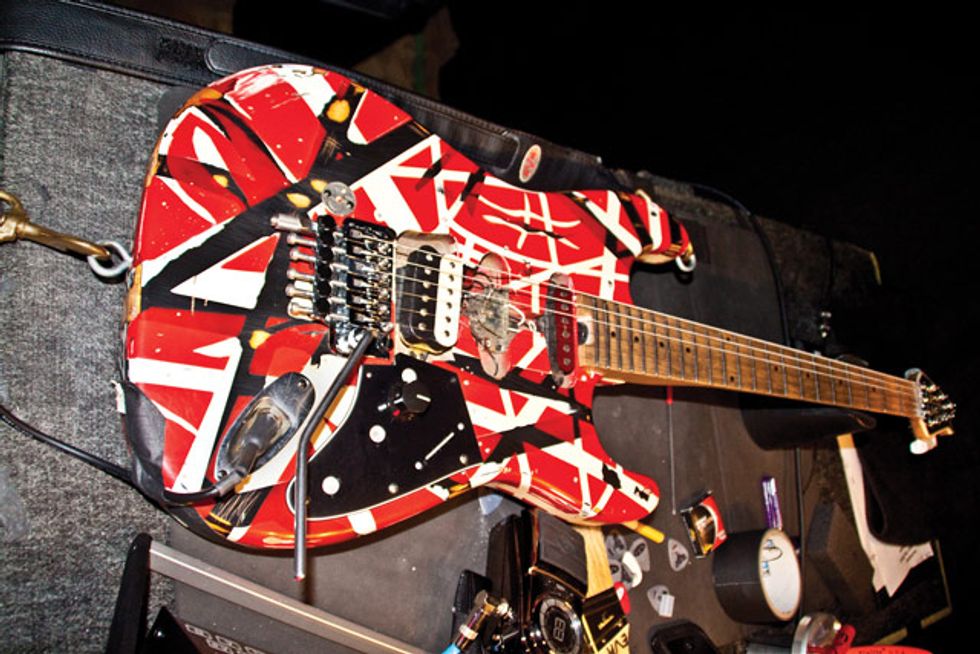
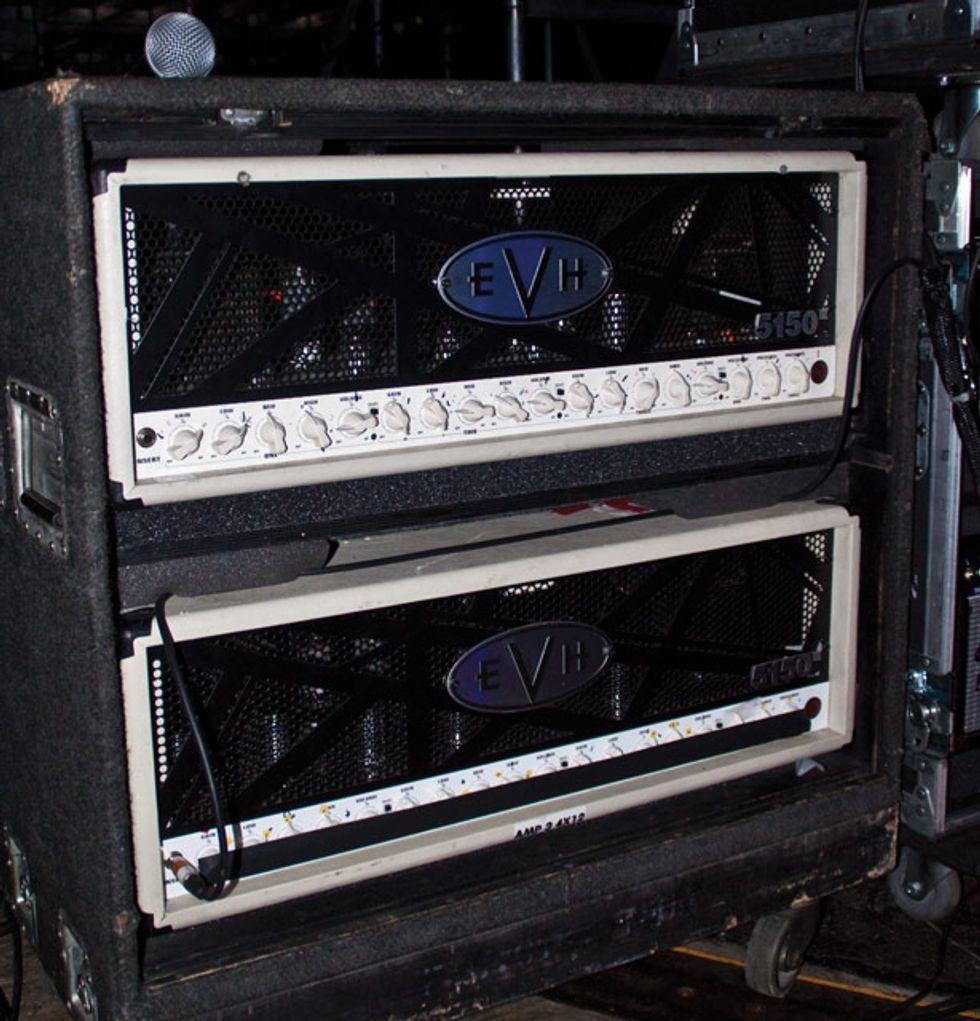
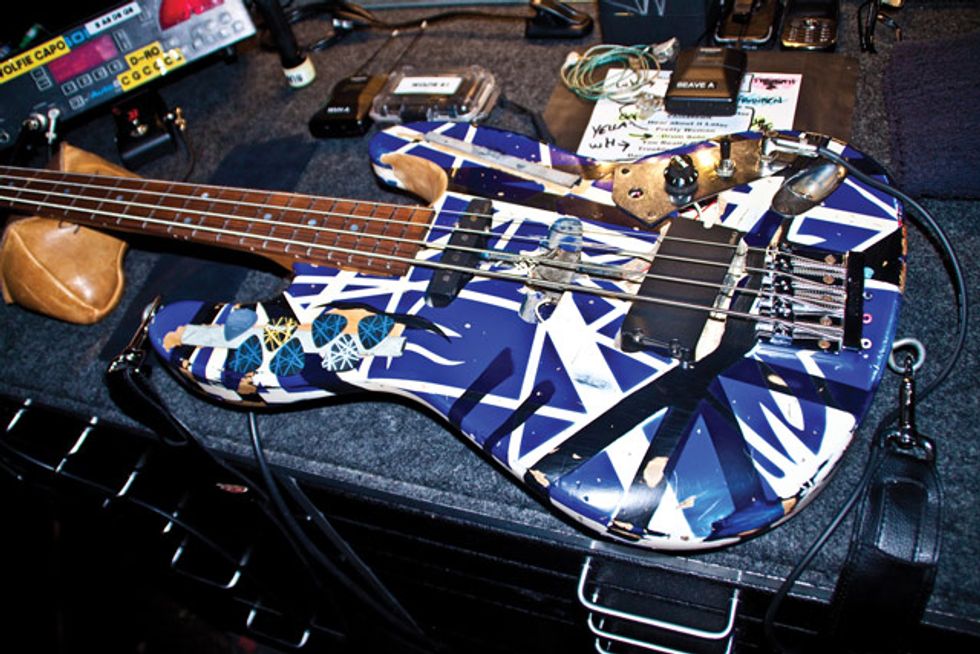
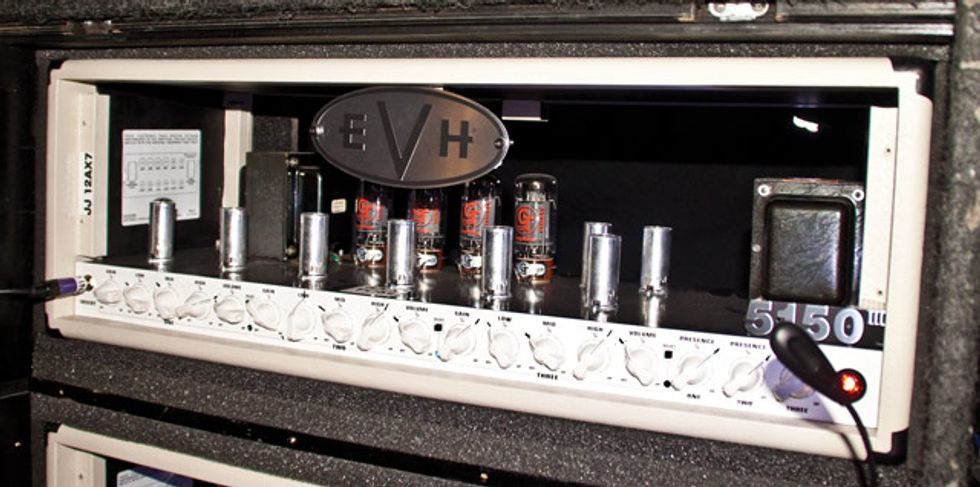
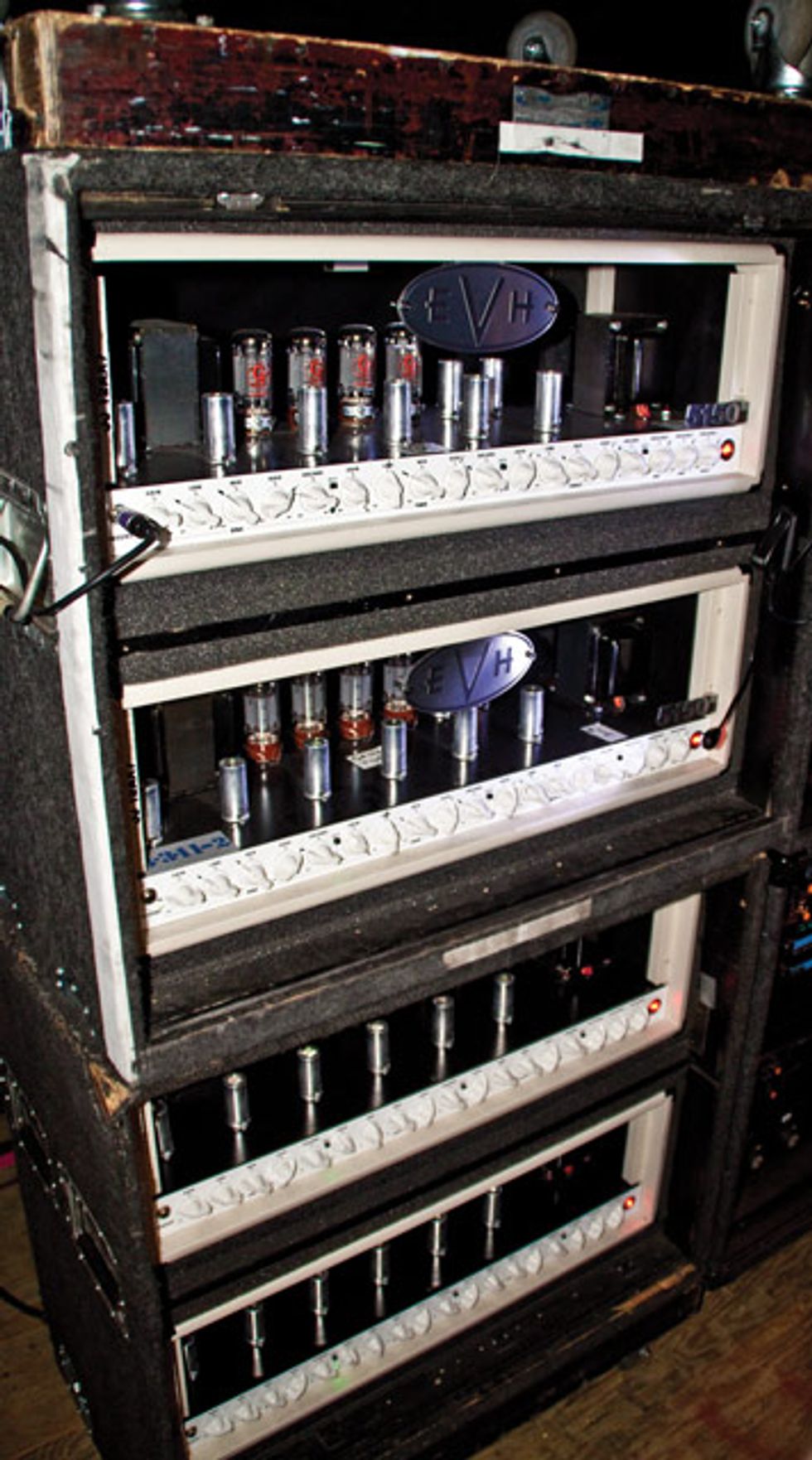
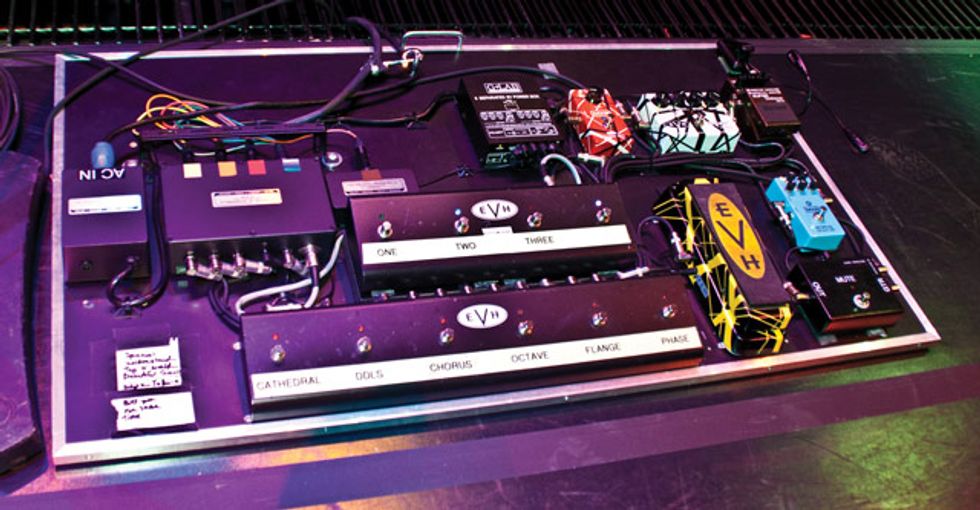
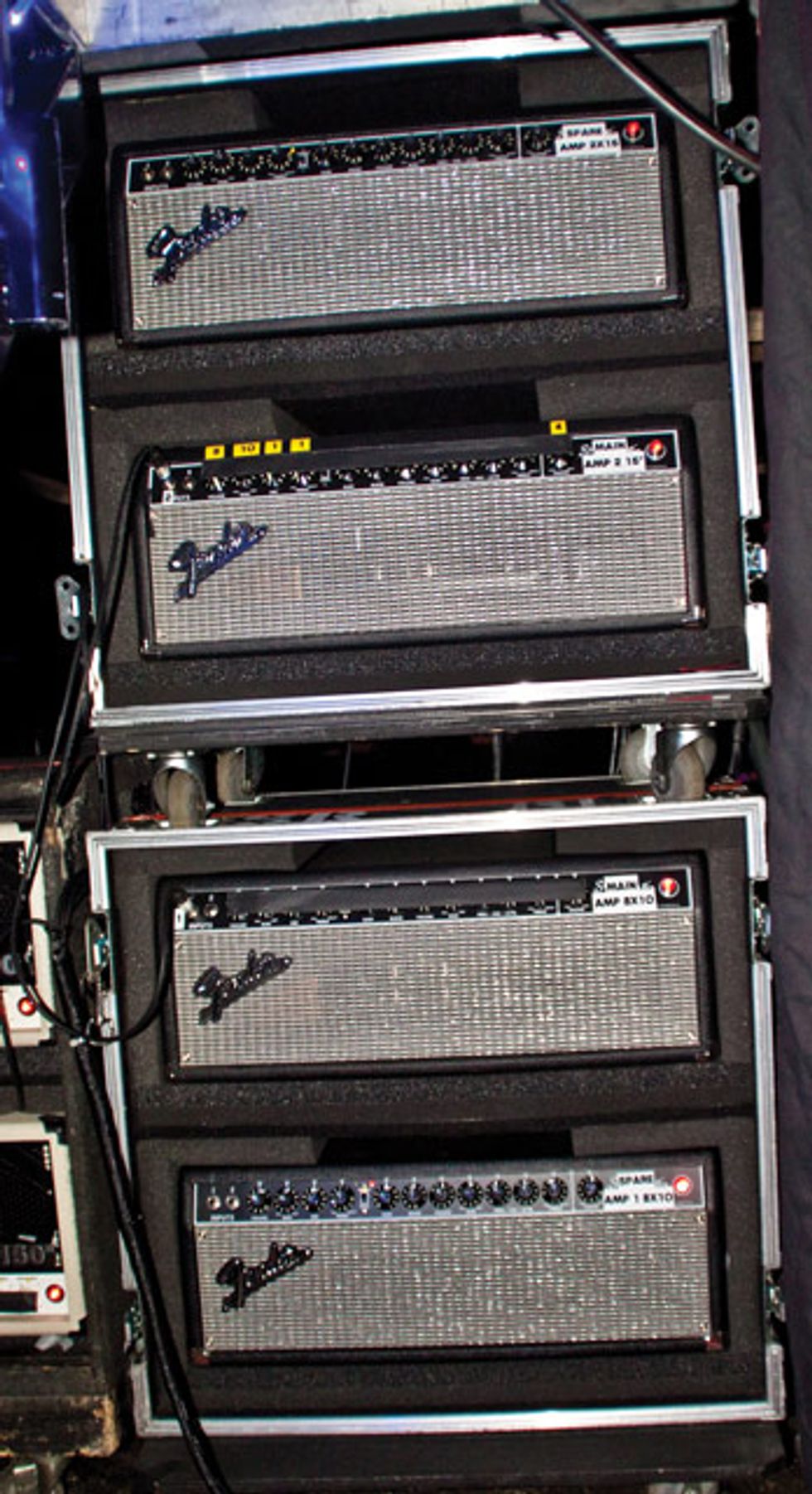
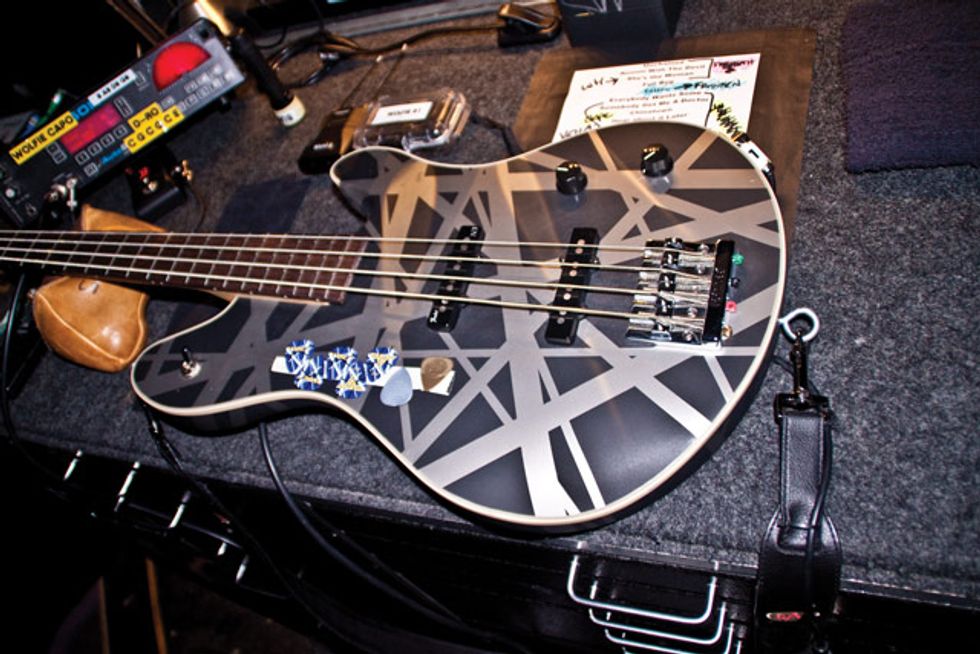
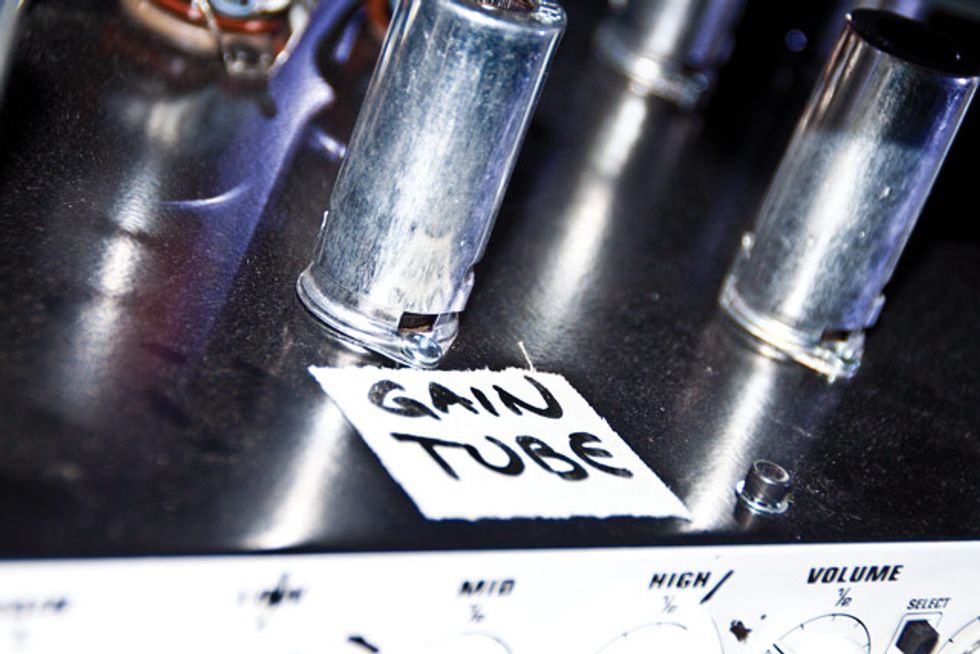
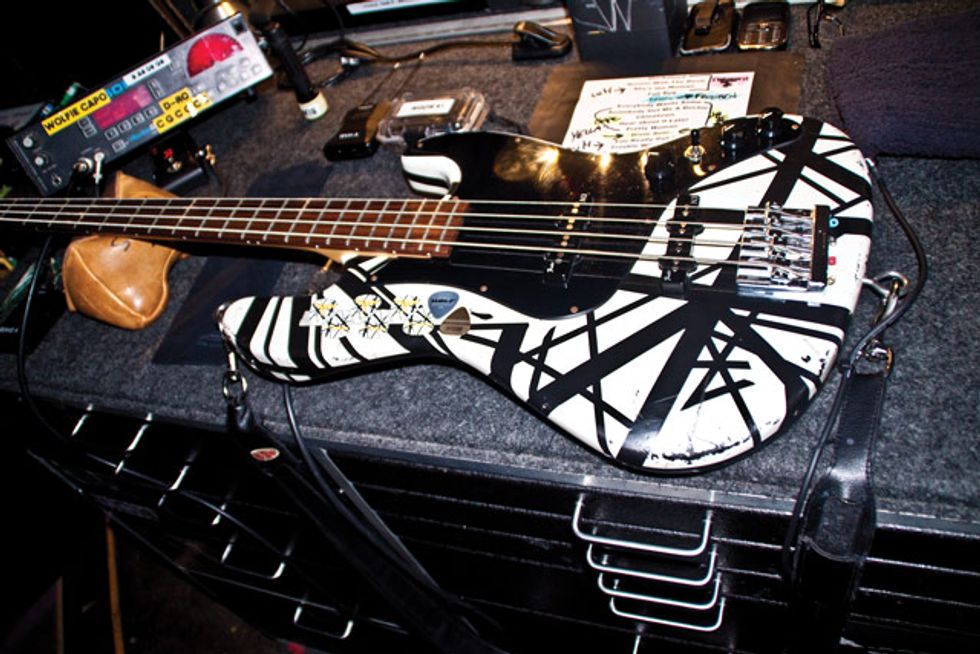
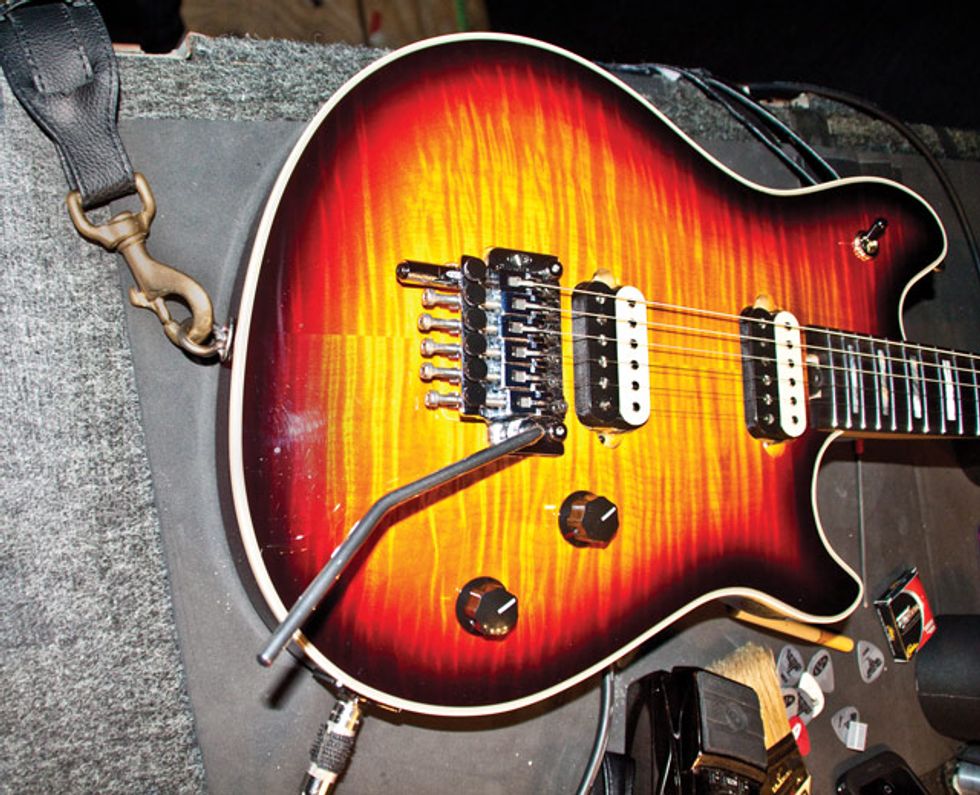
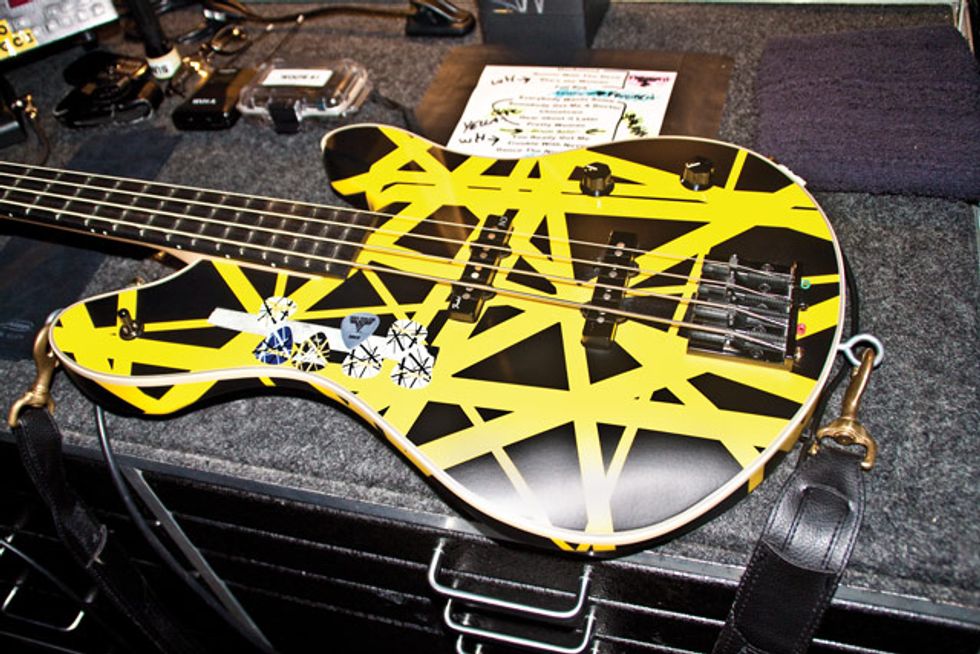
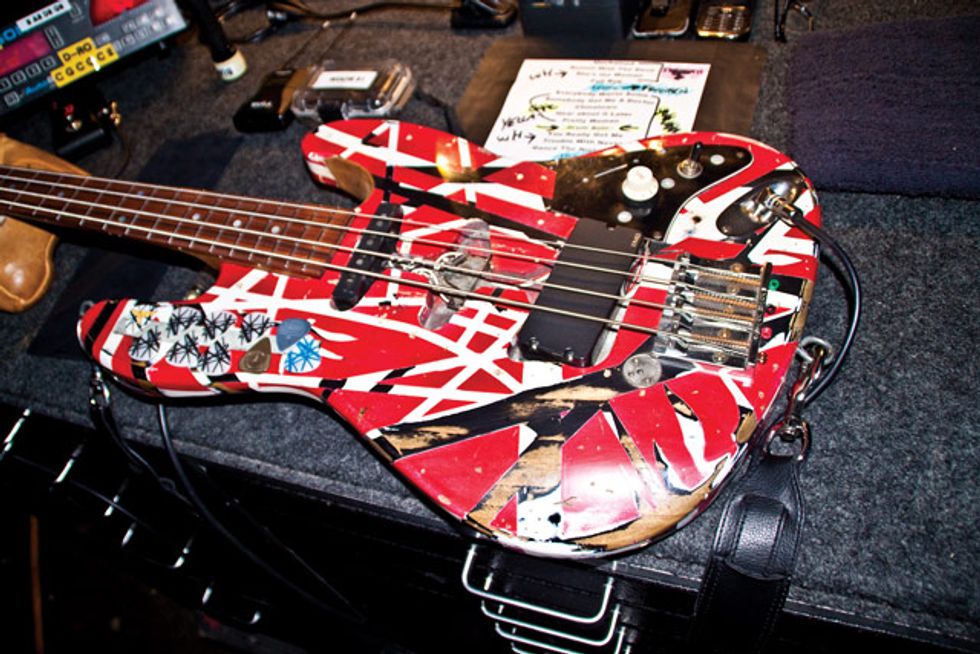
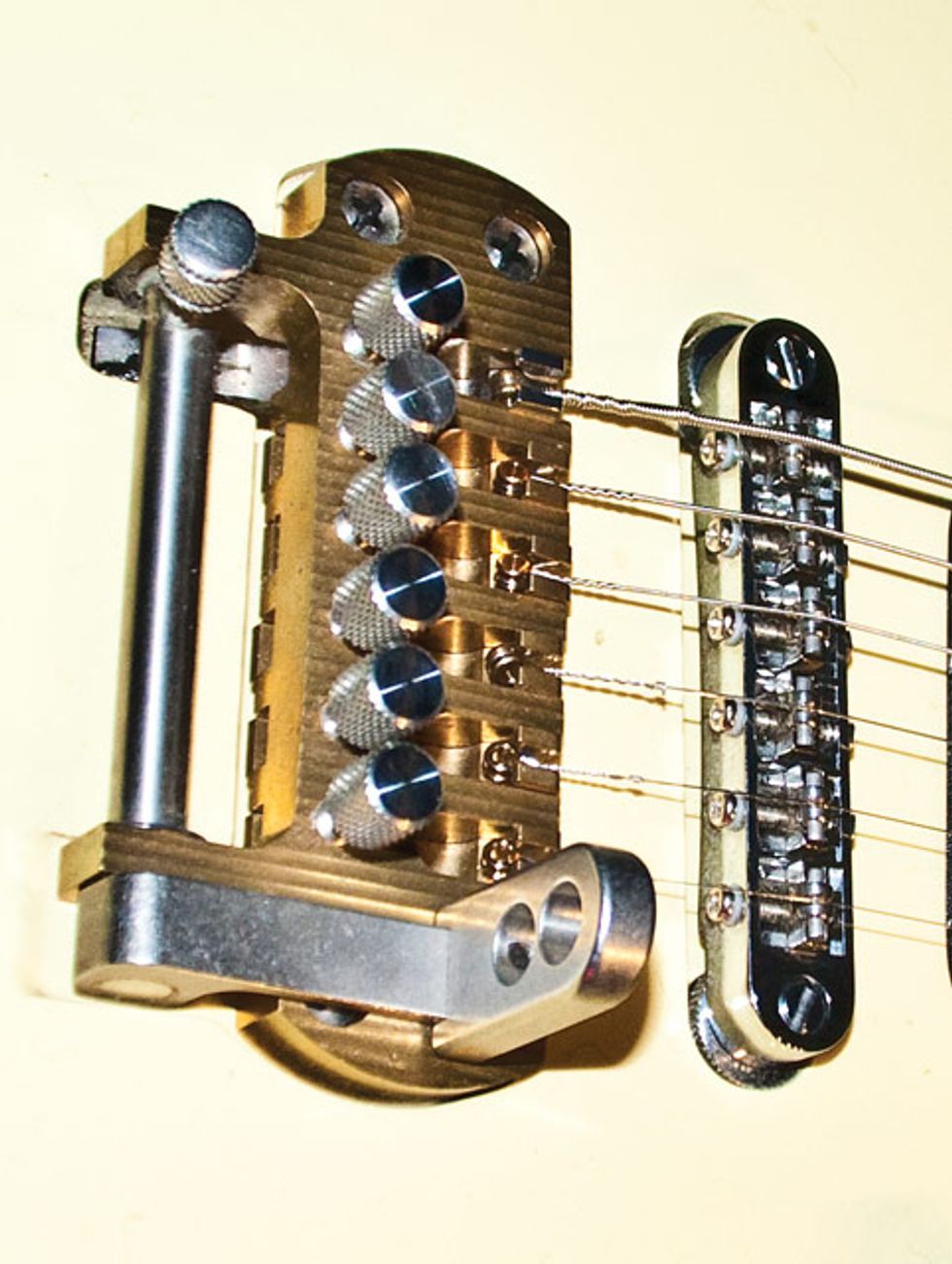
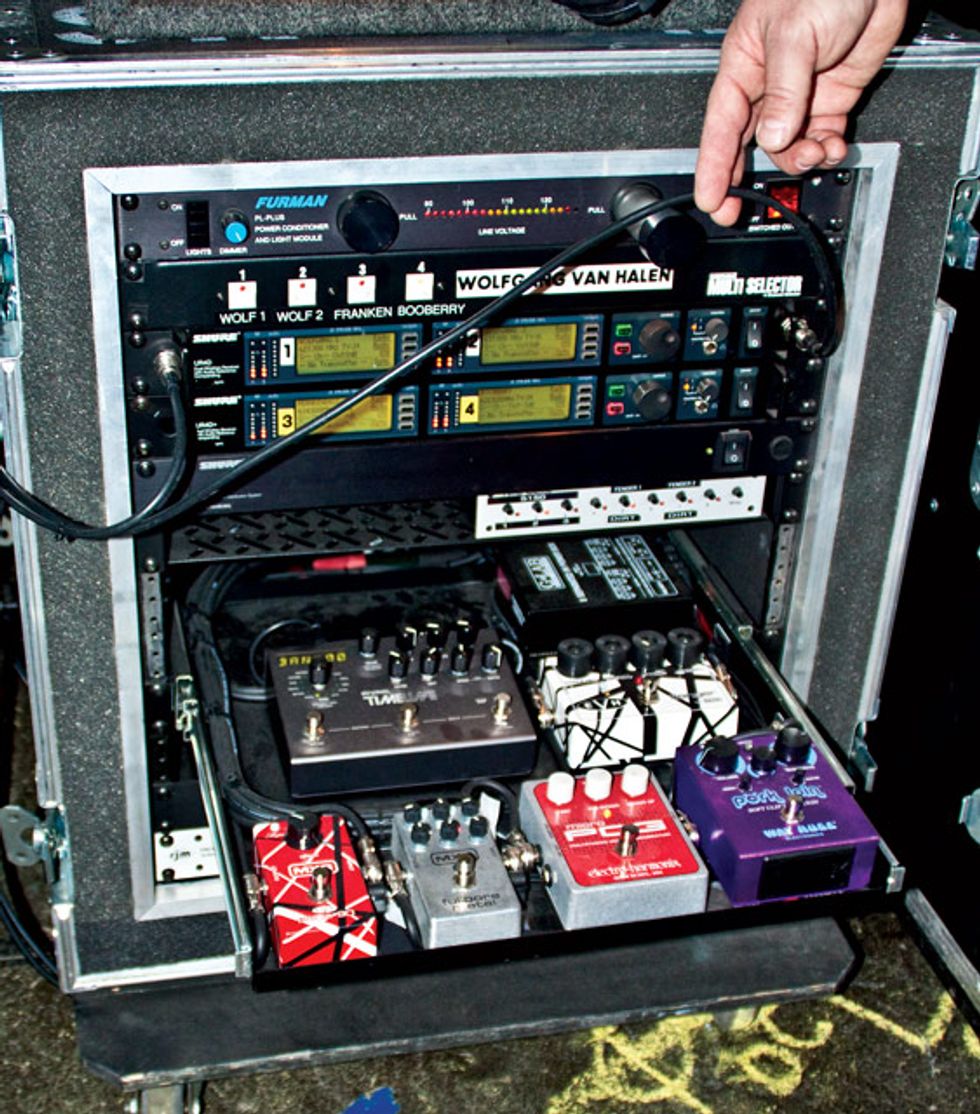
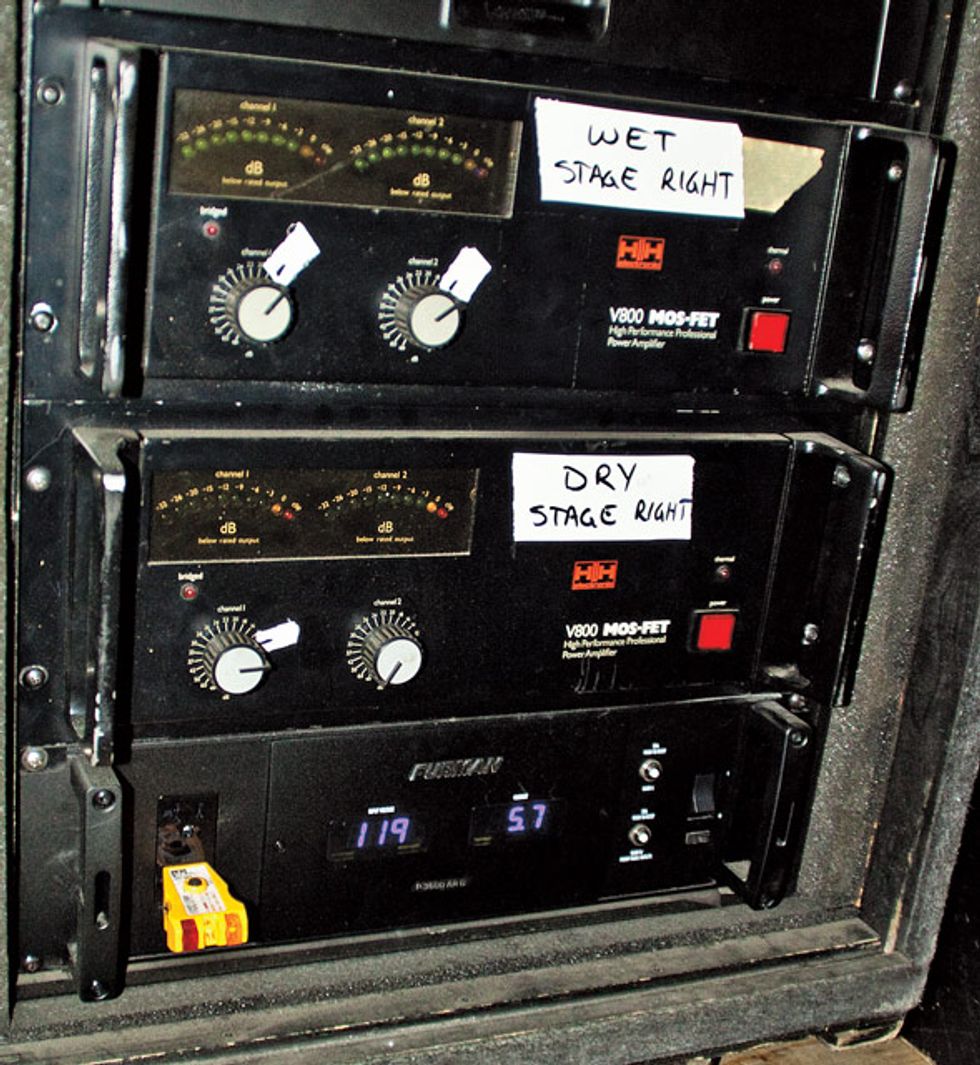
When PG caught up with Van Halen before their April 27, 2012, performance at Nashville’s Bridgestone Arena, the only thing more thrilling than getting a guided tour of Eddie’s and Wolfgang’s rigs from their techs, Craig DeFalco and Jim Survis, was getting to sit through soundcheck and hear Ed, Wolf, and Alex pound out flawless versions of classics such as “Unchained” and “Runnin’ with the Devil.” Sadly, we can’t share the unreal listening experience with you—but we can share our great shots of their gear. Enjoy!




